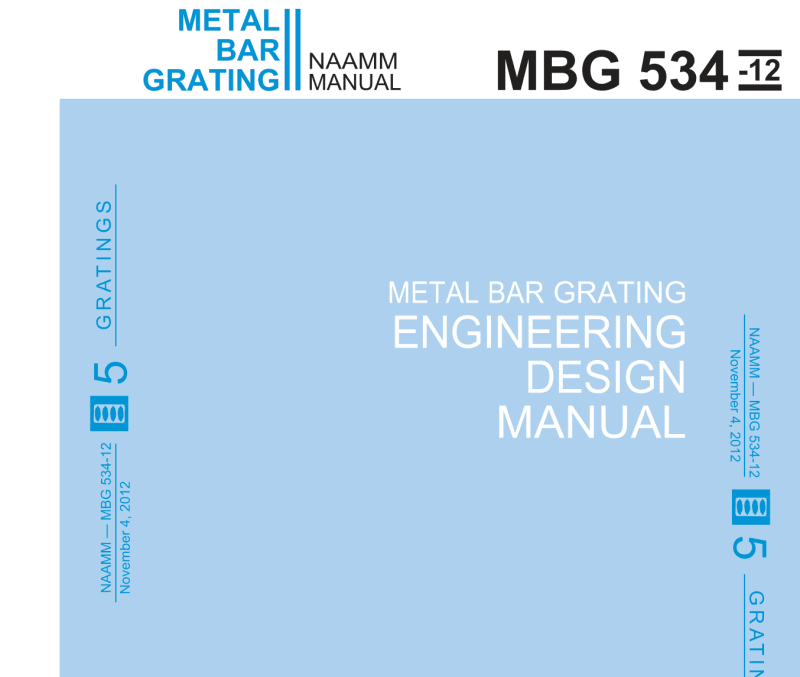Good evening fellow engineers,
I am designing a working platform for a maintenance technician for servicing the machine. Intent is to design a working platform from bar grating. I was going over the code and found the following design criteria.
A working platform shall be able to support in any position at least 450lbf, with a load concentration of atleast 225lbf over an area of 64in^2 with a factor of safety not less than 5.
The way I am interpreting the clause is:
-It should be able to withstand a concentrated load of 450 separately
-Another check should be carried out to see at UDL of (225/64) lb/in^2 with a factor of safety 5.
First question: Am I doing it right or should I consider both scenario at the same time?
Second question: If I have to consider both at the same time
One idea comes to mind is: I have the allowable fibre stress and section modulus per foot of width. I can calculate the allowable bending moment. Then I will create an equation
Bending moment due to concentrated (span L) + bending moment due to UDL (span L) = Total bending moment
and calculate the span.
Third question: Most of the grating load tables are unidirectional while in reality the load is acting over an area. are he deflections and stresses in other direction too small?
At this point, I am not worried about the beams supporting the grating
Thank You
Kaffy
I am designing a working platform for a maintenance technician for servicing the machine. Intent is to design a working platform from bar grating. I was going over the code and found the following design criteria.
A working platform shall be able to support in any position at least 450lbf, with a load concentration of atleast 225lbf over an area of 64in^2 with a factor of safety not less than 5.
The way I am interpreting the clause is:
-It should be able to withstand a concentrated load of 450 separately
-Another check should be carried out to see at UDL of (225/64) lb/in^2 with a factor of safety 5.
First question: Am I doing it right or should I consider both scenario at the same time?
Second question: If I have to consider both at the same time
One idea comes to mind is: I have the allowable fibre stress and section modulus per foot of width. I can calculate the allowable bending moment. Then I will create an equation
Bending moment due to concentrated (span L) + bending moment due to UDL (span L) = Total bending moment
and calculate the span.
Third question: Most of the grating load tables are unidirectional while in reality the load is acting over an area. are he deflections and stresses in other direction too small?
At this point, I am not worried about the beams supporting the grating
Thank You
Kaffy

